Daphni Monastery
The Daphni Monastery is a rare building complex, fortified with walls, towers, battlements, a courtyard and two gates.
Location
Timeline
Modern and Contemporary era (1821 - )
1883 Housed the Public Psychiatric Hospital for two years. Today, the psychiatric hospital is on the opposite side of the road.
1999 It was damaged by a powerful earthquake and was inaccessible until 2007. Today, restoration works are close to completion and were co-financed by the EU.
Ottoman era (1453- 1821)
A chapel with its sanctum to the north was constructed at the west of the outer narthex.
Byzantine era (331 AC- 1453)
The church dates back to the 11th century AD

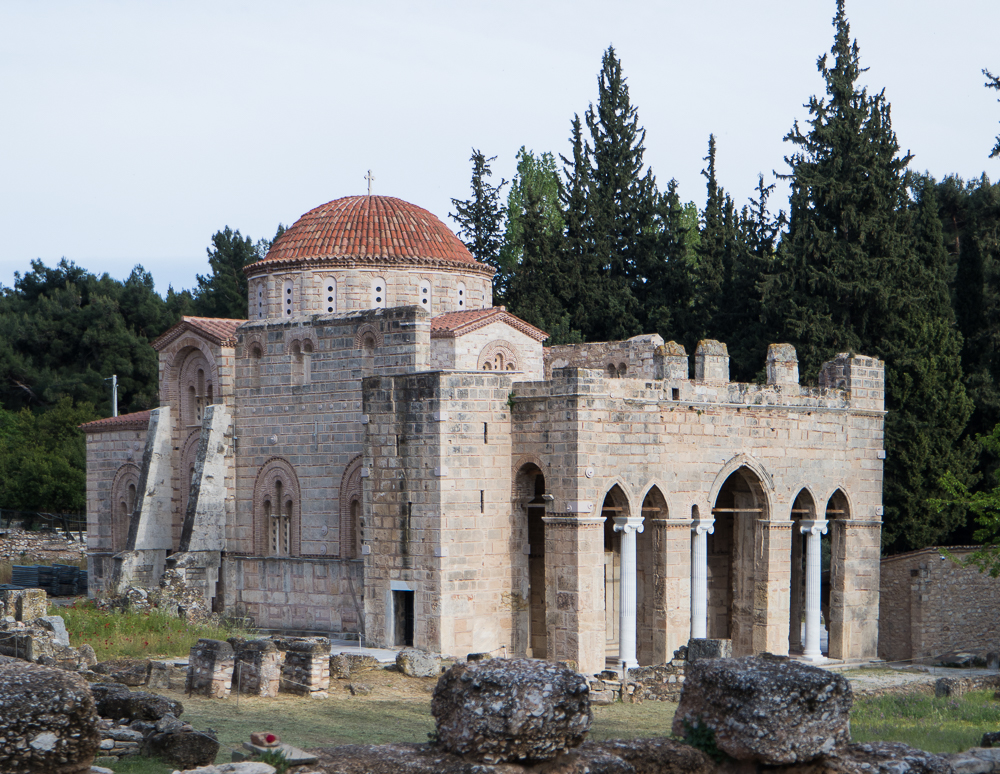
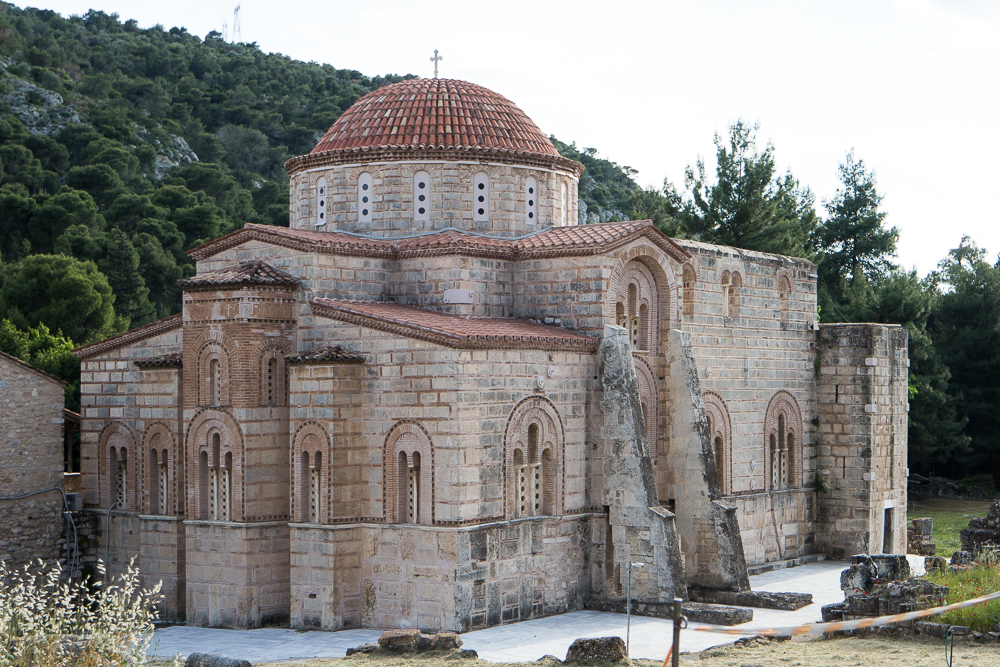
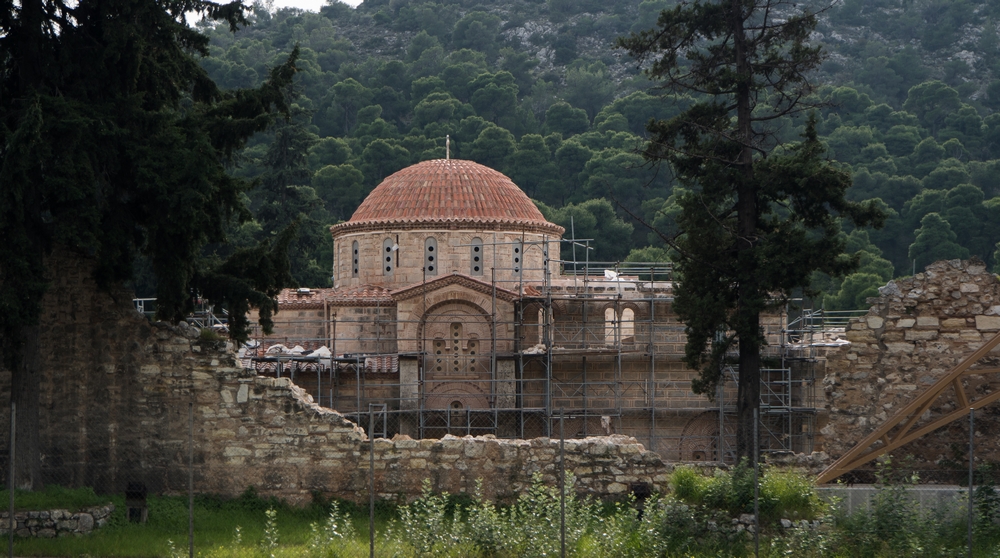
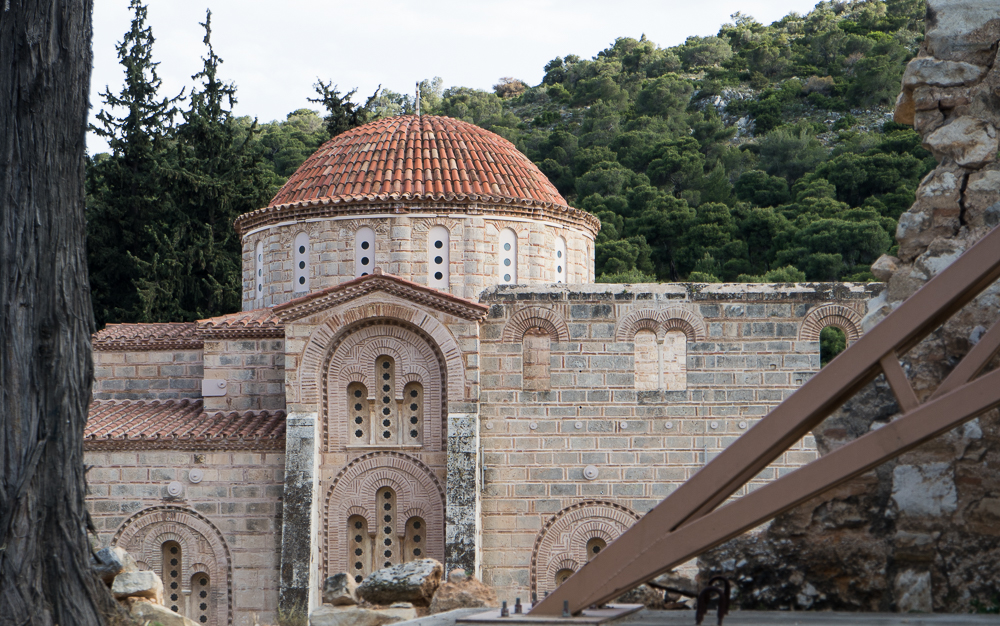
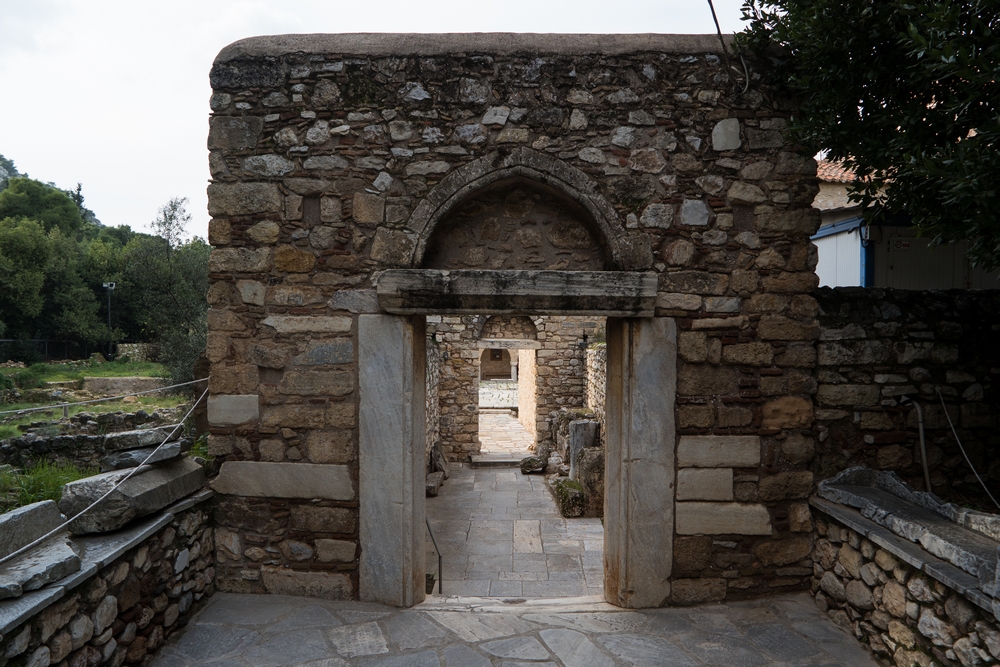
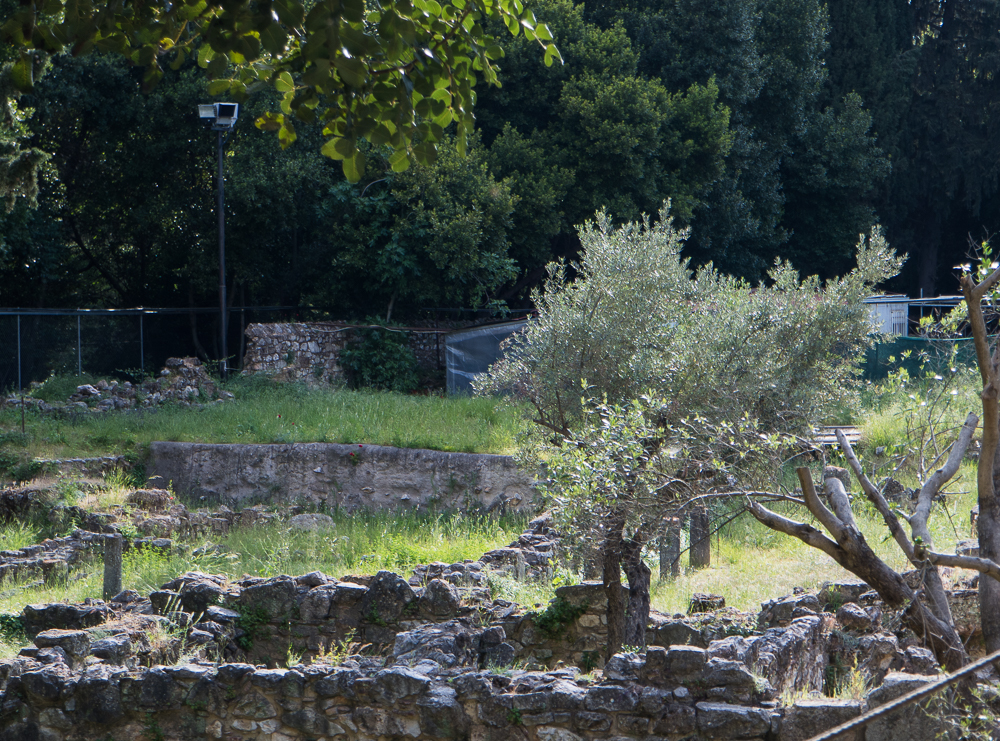
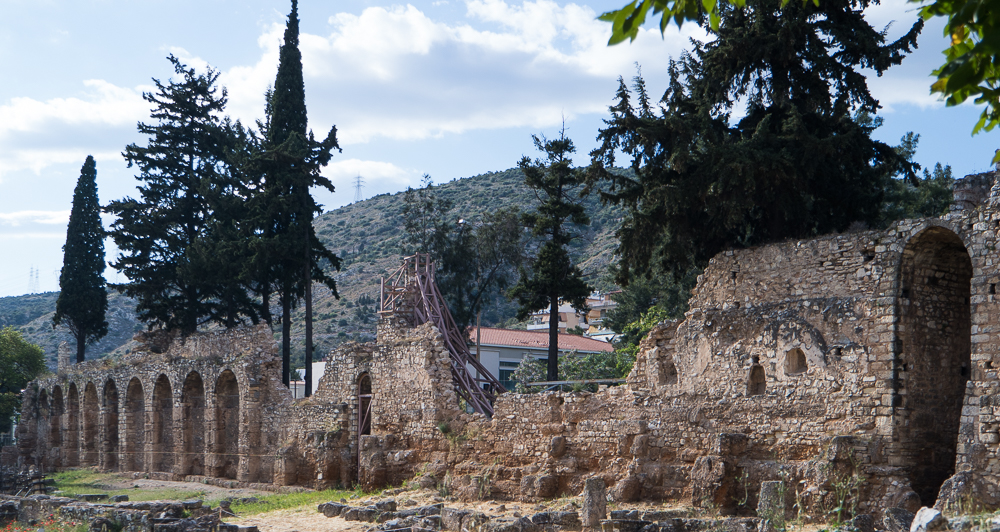

Share